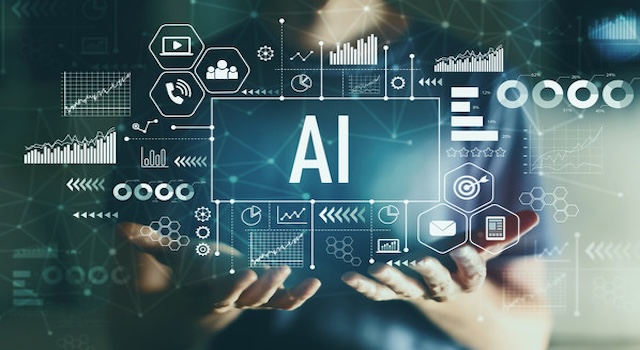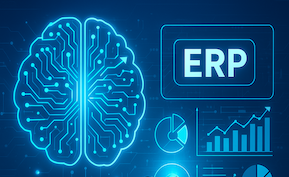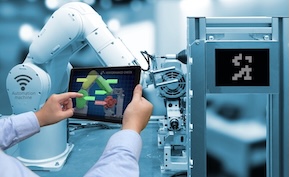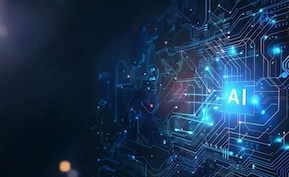Artificial Intelligence
Building Human-AI Teams: Redefining Roles and Collaboration in the Age of Agentic Systems

Agentic AI is transforming the way enterprises think about work. Instead of replacing humans, autonomous AI agents are emerging as collaborative teammates — systems capable of reasoning, executing, and learning alongside people. This shift is giving rise to a new kind of workforce: hybrid human-AI teams that merge creativity, empathy, and strategic oversight with tireless machine intelligence.
The rise of the human-AI partnership
For years, automation was synonymous with substitution — machines doing human tasks faster or cheaper. Agentic AI changes that paradigm. These systems act as proactive collaborators, working toward shared goals and adapting to human feedback in real time.
- From tools to teammates: AI no longer just supports tasks — it shares responsibility for outcomes.
- Continuous co-learning: Humans teach AI context; AI provides data-driven insights in return.
- Decision augmentation: AI offers reasoning and options, while humans handle ethics, empathy, and judgment.
Key collaboration models for agentic AI in enterprises
- AI copilots: Embedded assistants that support professionals in real time (e.g., Microsoft 365 Copilot, Salesforce Einstein).
- AI operators: Agents that perform multi-step processes under human supervision — such as financial close or IT incident response.
- AI collaborators: Autonomous partners that coordinate with human teams toward shared KPIs or workflows.
- AI supervisors: Meta-agents that monitor other agents, alerting humans to risks or anomalies.
Redefining human roles in agentic ecosystems
As AI becomes more autonomous, human roles evolve from execution to orchestration. The most valuable skills in the new workplace blend technical fluency with strategic thinking and empathy.
- AI orchestrators: Professionals who manage the interaction between multiple AI agents and departments.
- AI ethicists and auditors: Specialists ensuring AI systems align with legal and moral standards.
- Prompt architects: Experts who design, refine, and contextualize AI instructions for better outputs.
- AI trainers: Employees responsible for feedback loops that improve system performance.
Designing effective human-AI collaboration frameworks
- Map the workflow: Identify where humans add strategic, ethical, or creative value and where AI adds speed or scale.
- Define clear roles: Assign accountability — who decides, who supervises, and who validates outcomes.
- Establish trust boundaries: Ensure AI autonomy is limited to well-defined domains.
- Enable transparent communication: AI systems should explain their reasoning and decision paths.
- Measure co-performance: Evaluate success as a joint metric of human + AI productivity and impact.
Benefits of human-AI collaboration
- Accelerated innovation: Humans focus on creativity while AI handles research and execution.
- Enhanced decision quality: AI provides data-driven precision; humans apply intuition and empathy.
- Reduced burnout: Routine and repetitive work is delegated to agents, improving employee well-being.
- Scalable expertise: AI agents replicate best practices across departments and geographies.
Challenges in human-AI teamwork
- Trust gaps: Employees may hesitate to rely on autonomous systems without explainability.
- Skill mismatches: Teams must be reskilled to collaborate with AI agents effectively.
- Over-automation: Excessive reliance on AI can reduce human oversight and ethical reflection.
- Accountability ambiguity: Defining responsibility for AI decisions remains a major challenge.
Technologies enabling human-AI collaboration
- Microsoft Copilot Stack: Seamlessly integrates agentic AI within productivity and business applications.
- Anthropic Claude Teams: Enables safe, explainable collaboration between humans and AI systems.
- OpenAI GPT-5 Workspace Agents: Autonomous copilots capable of cross-application orchestration.
- Notion AI + Zapier Agents: Allows employees to create workflow automations without coding.
- IBM watsonx Orchestrate: Connects AI agents with HR, finance, and IT workflows for enterprise collaboration.
Measuring human-AI team success
- Collaboration efficiency: Time saved on tasks co-managed by AI and humans.
- AI adoption rate: Percentage of employees actively engaging with agentic systems.
- Decision uplift: Improvement in accuracy or performance of joint human-AI decisions.
- Employee satisfaction: Impact of AI assistance on engagement and burnout reduction.
- Innovation throughput: Number of new ideas or solutions generated via human-AI interaction.
FAQs
What is human-AI collaboration? It’s the integration of human creativity and AI intelligence in shared workflows to enhance performance and decision-making.
How does agentic AI change the workplace? It shifts humans from manual execution to strategic and supervisory roles, supported by autonomous agents handling execution.
What tools support human-AI collaboration? Leading platforms include Microsoft Copilot, Anthropic Claude, IBM watsonx, and OpenAI GPT-based agent systems.
How can enterprises build trust in AI teams? Through explainability, transparency, and clear role definitions between human and machine collaborators.
Bottom line
The future of enterprise productivity lies in synergy — not substitution. Human-AI teams powered by agentic systems will redefine how organizations think, operate, and innovate. The most successful enterprises will empower humans and AI agents to do what they each do best: humans lead with values and creativity, AI executes with precision and scale.






